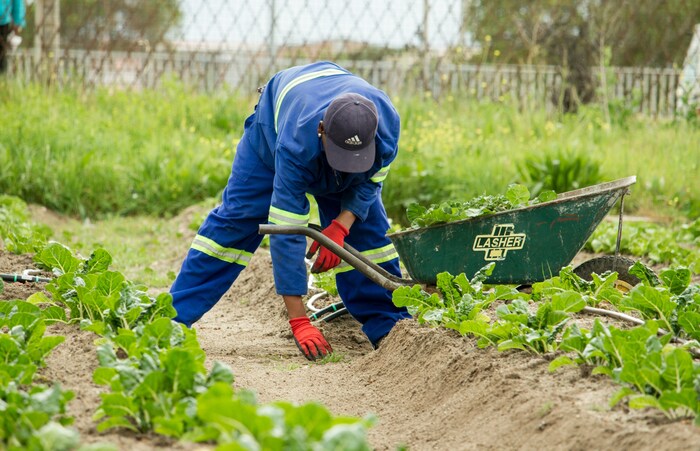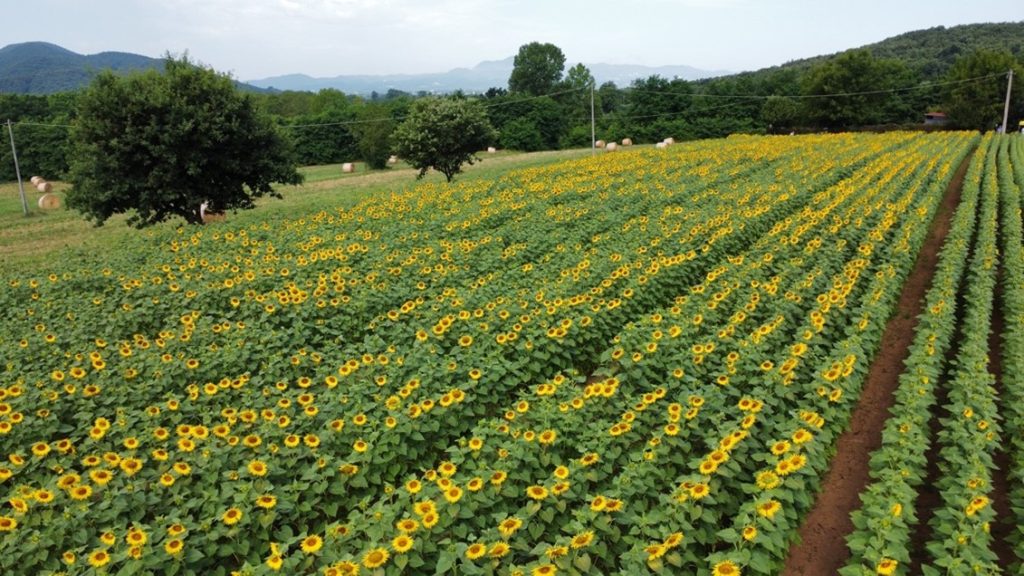PRESS RELEASE - 22 October 2024
B-Ferst is a project funded by the BBI (now CBE) JU, from May 2019 to October 2024. It has involved a multidisciplinary team with expertise in every aspect of the whole fertiliser value chain with a total of 11 partners from 6 countries.
B-Ferst goal was to integrate biowaste in agriculture management by creating sustainable, biobased value chains. This was achieved through direct interaction between farmers and the fertiliser sector, fundamentally shifting the paradigm of fertiliser production. During the project, eight new biobased fertilisers were developed and designed to provide specialised nutrients tailored to farmers’ specific needs.
To test such fertilisers, four demonstration pilots were established in Spain, Italy, Portugal and Poland. Thanks to different climatology, the fertilisers have been adapted and end-users throughout the value chain have been involved to ensure greater acceptance and scalability of the products.
Key accomplishments and impacts include:
- Two demonstration plants dedicated to biowaste treatment and bio-coating.
- A reduction in water and energy consumption as well as in carbon footprint.
- A valorisation of unused resources such as ash, struvite and compost as well as non-microbial plant bio-stimulants.
- Guidelines to support the certification of bio-based fertilisers at the European level.
“We are proud to have contributed to a more circular economy by transforming bio-waste into raw materials for the production of high-value fertilisers” says the project coordinator. “This proves that bio-waste, with the appropriate transformation processes, can be a powerful tool for improving land productivity in a sustainable way, while also benefiting the broader rural economy”.
Although the project has concluded, its impact will continue to resonate thanks to the results obtained, the final video, brochure and the resources available on the website.
Photo of the field trials in Italy. Photo credits to Terre dei Lombari and Agrisat.



